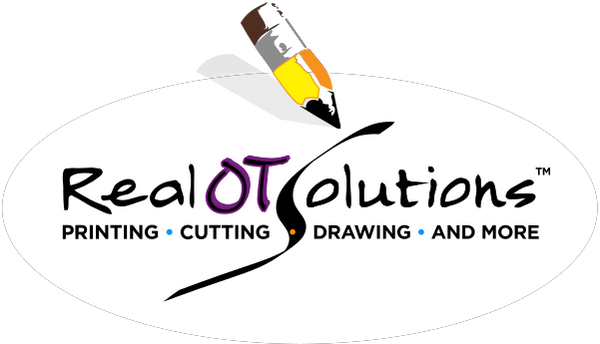Based on underlying conceptual perspectives, as codified by the World Health Organization and the International Classification of Functioning, Disability and Health, medical model treatment focuses on body functions and structures. In contrast, educational treatment focuses on function and participation.
If you service students in Preschool, your treatment may straddle the fence. Occupational Therapy in Head Start programs, Early Intervention, IDEA Part C, including Birth to Age 5 settings are considered a Primary Service. As such, money supporting OT intervention comes primarily from the Department of Health and Human Services.
However, once a student graduates to grade school, Occupational Therapy services fall under the realm of Related Service. All the Title One, Special education, Response to Intervention, and IDEA part B mandated services are funded through the U.S. Department of Education.
And… as the expression goes… Follow the money… the funding stream supporting your service is the one to whom you are answerable.
In other words, if your OT services are being funded through the Department of Education, you should be providing educationally relevant services. So what is educationally relevant service? Up next!
Medical versus Educational Model
Let’s clarify the differences between the two models.
The medical model is an Impairment one. Treatment emphasizes reducing or remediating impairment in body function or structure. These types of treatments are considered traditional Occupational Therapy interventions and are more widely researched. These include:
- Sensory motor/Sensory Integration
- Biomechanical treatment
- Neurodevelopmental therapy
- Medical services
The theory behind their usage is that there is a direct relationship between underlying processes and functional performance.
The educational model is a Performance-focused one. The emphasis is improving activity and participation without attention to underlying impairments. They include:
- Task-Specific training
- Cognitive approaches
- Behavioral Reinforcement
- Forward-Backward Chaining
The theory behind the use of a Performance Intervention is that children who experience difficulties with the performance of daily occupations can acquire these skills through specific skill training. This focus is considered by academics as an emerging OT intervention and have neither been as widely researched nor implemented, especially over the last few decades.
That said, my friends, this seems to be a case of what is old is new again.
The strategies alluded to under the Performance model were those very interventions used in the formative and adolescent years of our profession. We identified problem tasks that were important to an individual… and then through an extensive task analysis, we worked to rebuild proficiency in that skill.
Yet something happened to us along the way. We were stricken with a crisis of confidence. There was a pervasive sense that we were not scientific enough, not respected enough, or perhaps, not professional enough. The bottom line is that we shifted our focus to more physical modalities a la Physical Therapy, in a well-meaning attempt to measure our efforts and improve our successes. But guess what happened?
Impairment versus Performance Outcome Measures
In eye-opening research by Helene Polatajko, her systematic review of the evidence and literature disputed many of the claims of the superiority of Impairment interventions. Among her findings were that Sensory-motor interventions offered mixed results and sometimes were no better than no treatment.
Playing in shaving cream? Toward what end? Did you think it was promoting letter writing? It’s not.
Additionally, direct skills training including motor imagery, visual modeling, rehearsal, and practice of gross and fine motor activities improved performance and were superior to no intervention for children with motor coordination problems. So before getting hung up on the second part of the sentence… yes, they are saying practice is better than nothing… take a moment to appreciate how valuable practice it. If you want students to get better at a task, they actually have to work on the task. Even kids with significant motor issues can learn to cut, print, walk, dress. There is no substitute for practice. And as we’ll learn shortly regarding the best way to practice… keep the words Motor Learning Theory in mind!
Polatajko also noted that when using cognitive-based approaches, children improved performance on their three self-identified goals, maintained their skills after intervention, and reported satisfaction on all of their goals. This is a major tribute to the OT Practice Framework. Remember that the Framework emphasized the importance of bringing children into the process. Helping them understand why you are assessing different qualities, and then asking them what they want to work on goes a long way toward building the Buy-in and carryover.
Finally, Polatajko summed up her review by writing that a systematic review of impairment-oriented interventions is inconclusive or mixed at best and does not appear to promote function.
What?!! We’re supposed to be about function!! Is the research saying that contrary to popular theory encouraging building foundational skills and remediating deficits, the best results ignore those issues in favor of direct instruction?? Yep.
“For children with typical levels of intelligence, research shows that performance-oriented interventions may hold the most promise.”
You are hereby released from feeling a need to fill in all the gaps in the developmental charts. Let’s build skills!!

